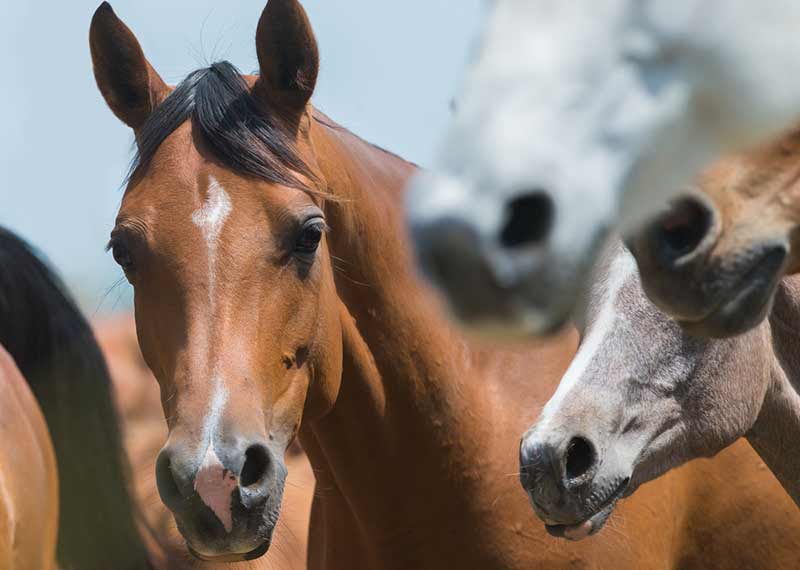Protect your pets: Common toxic plants to avoid
How to identify toxic plants and recognise signs of pet poisoning.
Read more14 September 2024
Most people will be familiar with a cowlick, the part in someone’s hair that no matter what you do to it, it won’t do what it’s told and will often go against the natural flow of your hair. Horses have very similar things to this that are called ‘whorls’ or ‘swirls’.
Keep reading to find out the meaning of these whorls, and the myths behind them…
Whorls can be found on every horse, mainly along the face, flank, neck, or stomach. Many horses will have a whorl between their eyes, and no matter the size of the animal, every whorl is different and unique to that particular horse.
This is often why they are used as identification for a horse and can be written on paperwork as they do not change as the horse grows and gets older. It can be said that they are a form of an equine fingerprint!
Some types of whorls include:

The myths behind whorls date back to beliefs held by the Bedouins and their beloved Arab horses. They believed that the whorl on their horse related to the horses personality and the value of their horse. Some of these myths are based on areas that the whorls are located, the amount of whorls, and the size of these whorls.
With these whorls relating to behavioural characteristics, they also believed in bad whorls that foretold more than behavioural traits. These included:
Although many of these myths are obviously not true, the ones about behavioural characteristics of the horse may have some merit. A Polish study in 2006 found that horses with high whorls on their head were more difficult to manage than those with medium or lower whorls.
Another study done by Ireland’s University of Limerick also concluded that a horses whorl had some link to their preferred side (left handed or right handed). It was found that horses who demonstrated more right sidedness tended to have whorls going clockwise, while the left leaning horses had counter clockwise whorls.